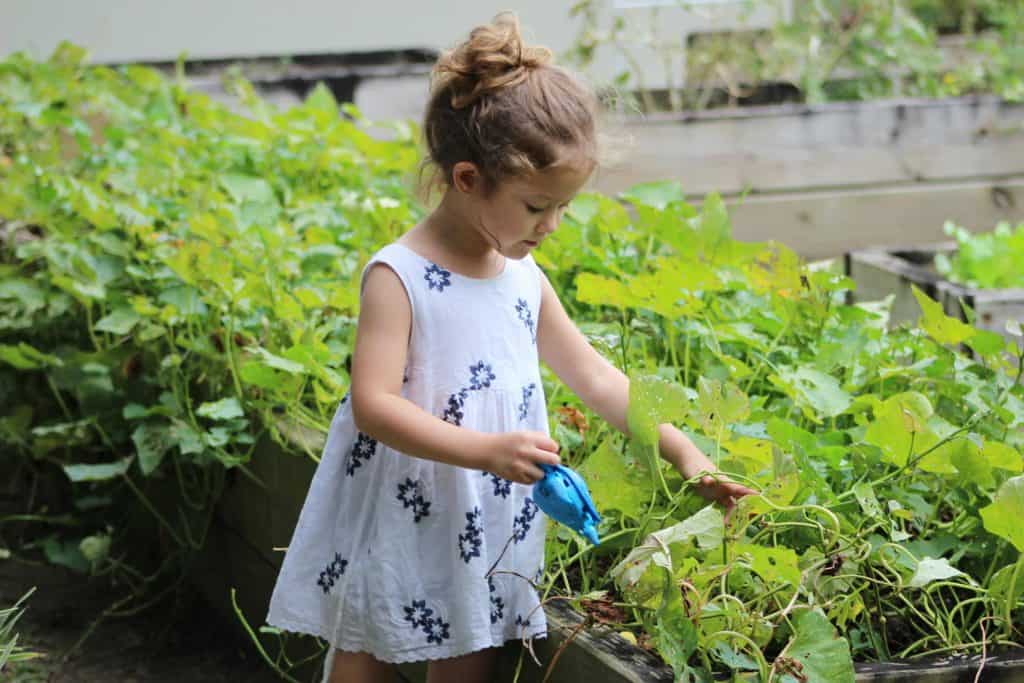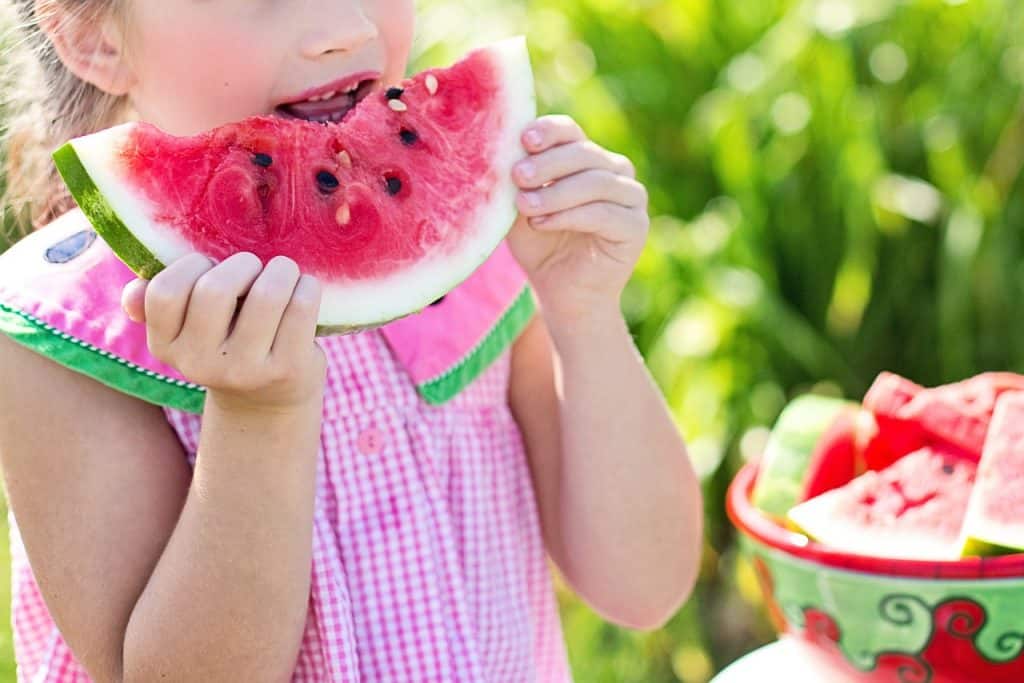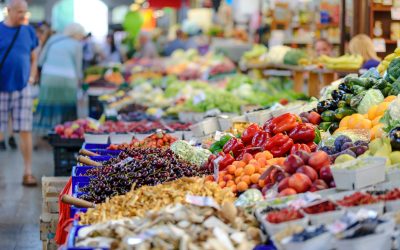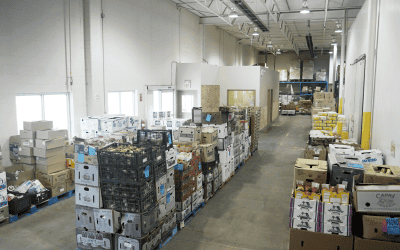At Steinbach Family Resource Centre, there’s always a waitlist for the Little Family Garden program, where families are taught basic gardening skills and assigned a garden bed to tend to during summer. Also popular is their Kids in the Kitchen program, which tackles picking eating by giving children opportunities to create healthy recipes using a variety of fruits and vegetables.
Childhood and adolescence are important periods for the development of food literacy, which encompasses a range of skills and knowledge relating to food production, consumption and its impact on health and the environment, and the ability to make informed food choices. By engaging children in hands-on experiences with gardening and cooking, these programs help them develop practical knowledge about the food system and lay the foundation for healthy eating habits.

For example, a study done by Western University’s Human Environment’s Analysis Laboratory (HEAL) found that children with better food knowledge are likely to consume more fruits and vegetables, which are crucial in preventing lifestyle-related chronic disease and maintaining overall health.
Some components of food literacy are acquired since young, such as enjoyment of healthy food and positive emotional association with shared meals, while some are developed later in life, like the critical thinking skills to analyze information and recognize social, economic, and environmental aspects of the food systems. Here are some activities that parents and educators can engage children in at home and at school to improve food literacy.
Developing food literacy at home
Cooking together: Involve children in meal preparation to teach them about ingredients, cooking methods and kitchen safety. Start with simple recipes like salads, sandwiches, or smoothies, and gradually introduce more complex dishes.
Grocery shopping: Turn shopping trips into learning experiences. Discuss the different food groups, read labels together, and talk about where foods come from. Encourage children to pick out a new fruit or vegetable to try each week.
Meal planning: Involve children in planning weekly meals. Discuss balanced nutrition, portion sizes and the importance of variety. Use this opportunity to teach budgeting and smart shopping strategies.
Reading together: Explore books and resources about food and nutrition. Choose age-appropriate materials that explain concepts in an engaging and accessible way.

Developing food literacy at school
School gardens: Establish a school garden where students can learn about plant life cycles, sustainable farming practices and the benefits of fresh produce. Gardens provide a hands-on learning experience that can be integrated into science, math, and health education.
Farm-to-School programs: Organize field trips to farms so students can see first-hand how food is grown and harvested.
Nutrition education: Integrate nutrition education into the curriculum. Use interactive activities like taste tests, food experiments and discussions about food choices and their impacts on health and the environment.
Cultural food days: Celebrate the diversity of food by exploring dishes from different cultures. This broadens children’s palates and fosters an appreciation for global food traditions.





